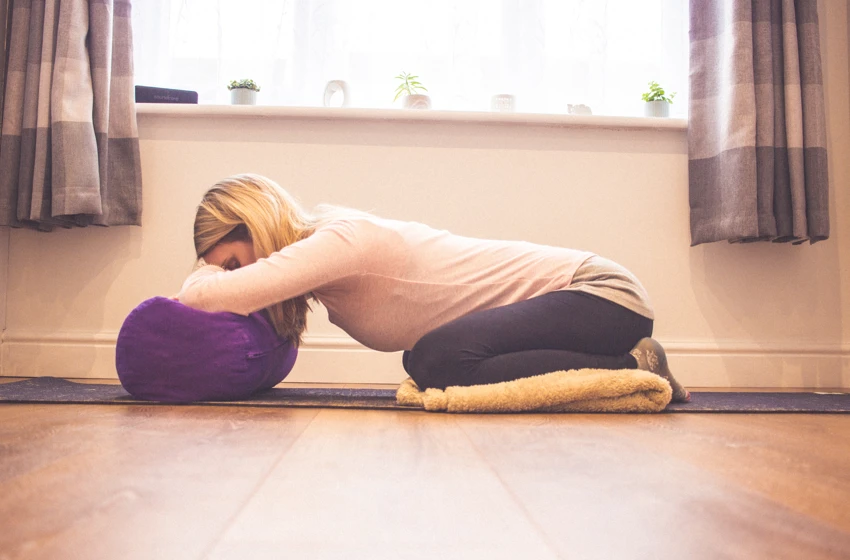What should I be aware of in my postpartum recovery?
I'm often asked in my postnatal parent and baby yoga classes in Cirencester, what it is that mums need to be cautious of after having a baby? Before we delve in, the biggest thing I want to get across is this - you are not weak because you had a baby. Your body is incredibly strong. Yes it's changed, yes it's different than before, yes that may mean adjusting approaches to movement until things feel at a better place. Postpartum is about exploring your body and learning to feel comfortable in it again, if you don't already. My classes will always be about reminding you of your strength and power, because a long list of 'dos and don'ts' aren't helpful in my opinion, and will leave you fearful and set your nervous system on edge. What might be more helpful is to learn about what happens postpartum, what are some signs to look out for, how movements can be scaled up or down according to how you feel and guiding you through this in a safe space.
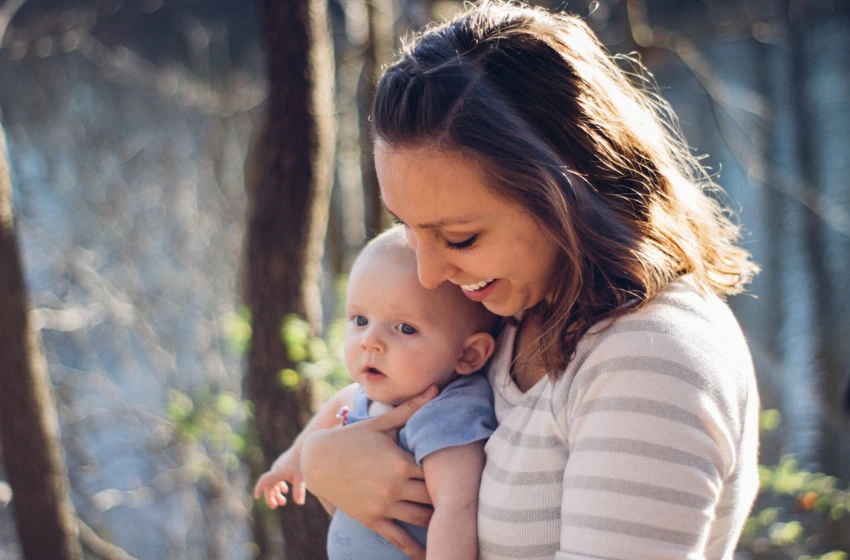
Diastasis Recti
In pregnancy, everyone will have some degree of abdominal separation, which is the separating of the front abdominal wall and a thinning and weakening of the linea alba inbetween (connective tissue). Postpartum, that gap closes for most people by around 8 weeks after birth. However for some, that gap still remains, with or without other symptoms, and is called a Diastasis Recti (DR).
It may be easier to see the intra-abdominal pressure in the abdomen with a larger gap, with this appearing as conning or tenting through the midline, during certain activities and movements. Particular movements like crunches and planks, deep backbends, double leg raises etc, are load and pressure heavy. It isn't beneficial to continuously repeat movements that increase this pressure, without a means yet to manage and control it.
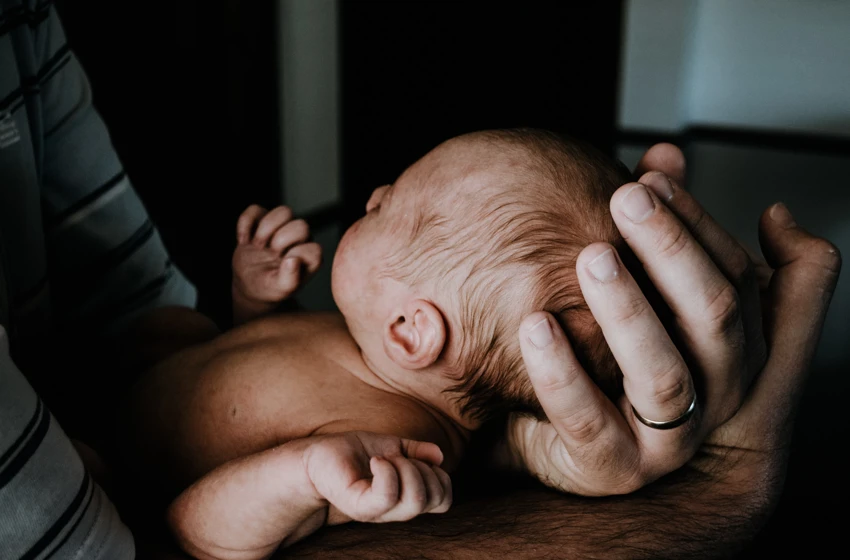
Progressive movements are key to rebuilding core strength or reducing DR, along with core engagement (and learning to engage the deep TVA muscles in particular) and proper breathing technique. This doesn't mean you need to panic every time you see 'coning', but rather to be equipped to adjust your movements and breathing strategy to help minimise it.
If you're unsure if you have a DR, you can lay on your back with your knees bent and come to a crunch position. Slide you fingers from the top of the midline, down towards the belly button and below, feeling for any gap with your fingers. You may be able to get 1-4 fingers alongside each other. A gap of 3 fingers or more is considered large. It's not just the size of the gap however, but the depth, the tone, and the tension, along with any other symptoms you may be experiencing (such as pelvic floor dysfunction). I would always recommend visiting a holistic pelvic health physio to access a thorough assessment.
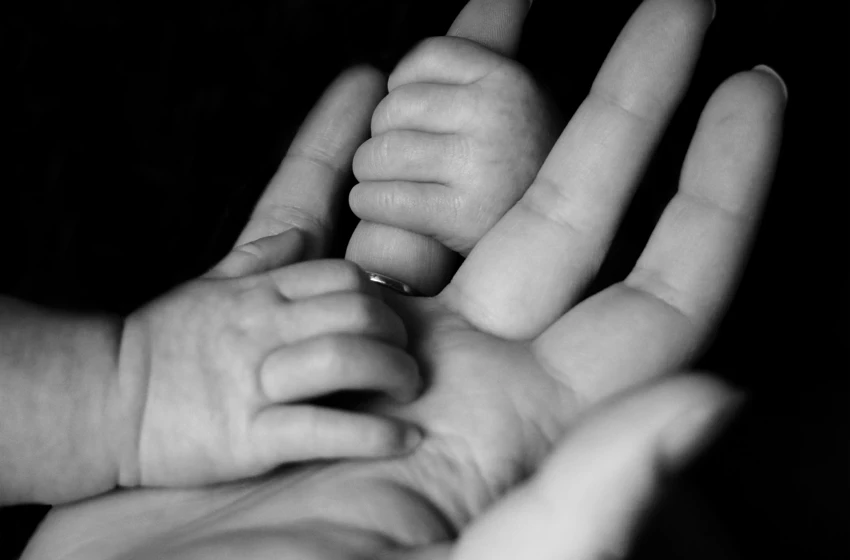
Pelvic Floor Dysfunction and Prolapse
After having your baby you may have noticed changes to your pelvic floor functioning, perhaps subtly or in an obvious way. Sometimes symptoms don't appear until later down the line, when your baby gets heavier and you start moving more.
Things to look out for:
- Heaviness or feeling like something is falling out
- Leaking when sneezing or coughing, or an urgency to go
- Pain during sex
- Pain or trouble with releasing your bowels
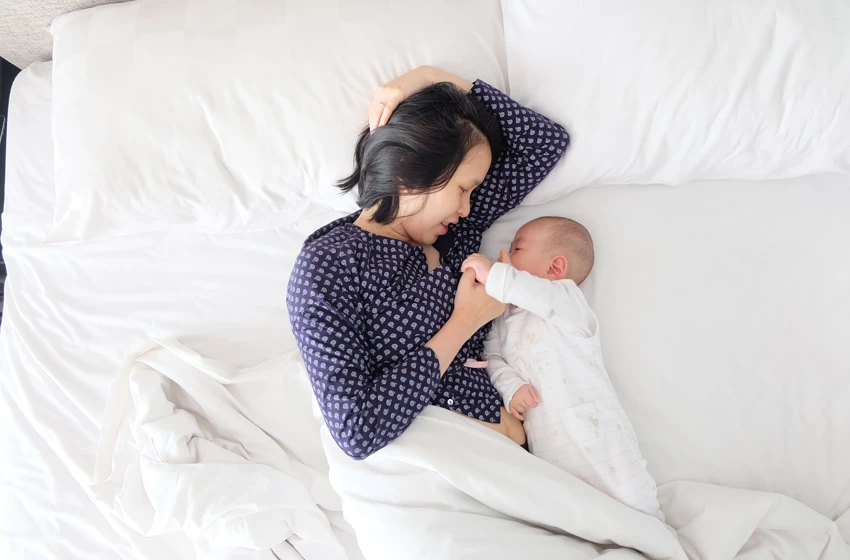
Things you can do:
- exhale when you lift your baby/anything heavy
- see a pelvic health physio for a full assessment
- be cautious using a carrier or sling for long periods of time on your feet
- don't strain on the toilet, use a stool to support your feet
- start with pelvic floor awareness, and build up to engaging AND releasing your pelvic floor muscles in a variety of positions (standing, laying, sitting, side laying).
- think about your posture through the day, a stacked position supports your core functioning and pelvic floor function (ribs over hips)
- breathing, relaxation and rest
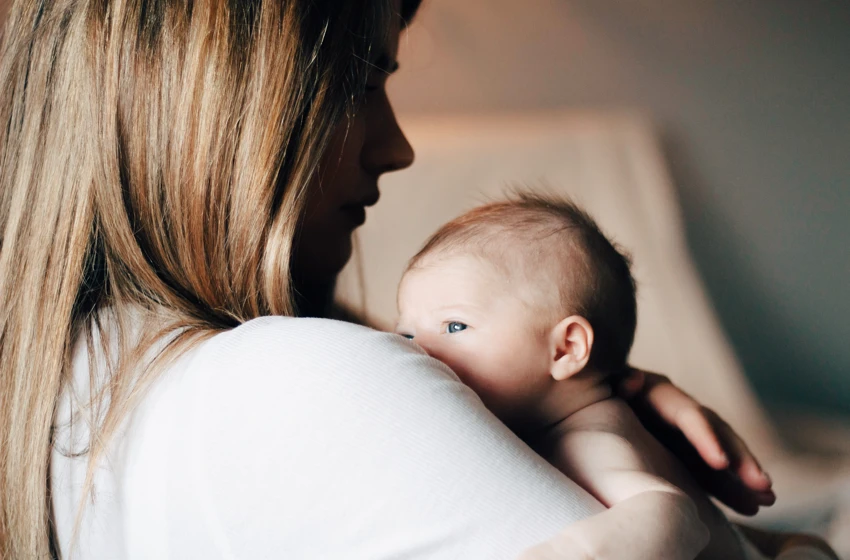
One to one's with me
I offer one to one sessions in my home studio in Cirencester, which support your postnatal recovery, through yoga, bespoke movement and relaxation. Read more about my services here
